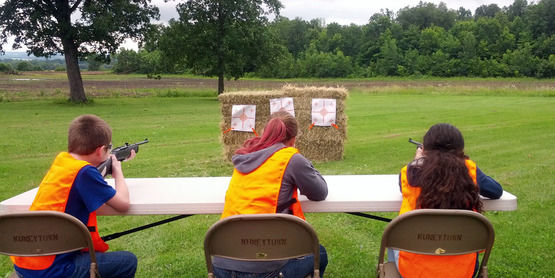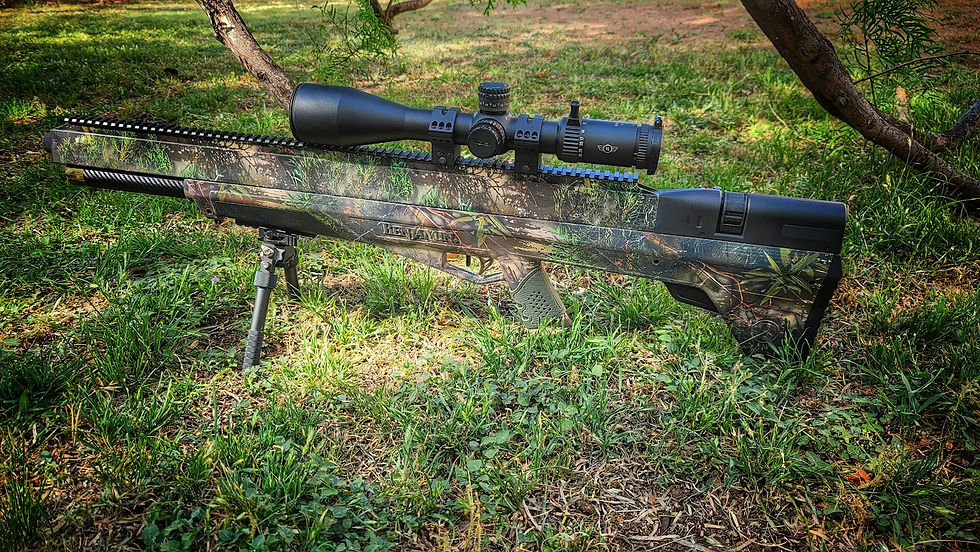Hot Topic: Thermal Scopes
- Matt Hodges

- Mar 22, 2023
- 2 min read

Thermal scopes, also known as thermal imaging scopes or thermographic scopes, are advanced optics devices that use infrared technology to detect and visualize the heat signatures of objects in the dark or in low-light conditions. They are commonly used by hunters, law enforcement officers, and military personnel to detect and identify targets that are hidden in the darkness or obscured by foliage, smoke, or other environmental factors.
Thermal scopes work by detecting and measuring the infrared radiation emitted by objects in their field of view. Every object with a temperature above absolute zero (-273.15°C) emits some level of infrared radiation, and thermal scopes can detect and interpret these emissions to create a visual representation of the heat signatures of objects in their field of view. This allows users to see things that would otherwise be invisible to the naked eye, such as animals, people, and vehicles.
One of the main advantages of thermal scopes is their ability to work in complete darkness, as well as in fog, smoke, and other low-light conditions. This makes them ideal for use in hunting, surveillance, and search-and-rescue operations. They can also be used in daylight conditions, as the heat signatures of objects can still be detected even when the ambient temperature is close to that of the objects themselves.
Another advantage of thermal scopes is their ability to provide a high level of detail and clarity in their images. Unlike night vision devices, which rely on amplifying available light, thermal scopes create images based on the heat signatures of objects, allowing for greater clarity and detail in their representations. This is particularly useful for hunting, where the ability to identify specific animals and determine their distance is crucial.
There are two main types of thermal scopes: uncooled and cooled. Uncooled thermal scopes are the most common, and they work by using microbolometers to detect and measure infrared radiation. Cooled thermal scopes, on the other hand, use a cryogenically cooled detector to provide even greater sensitivity and accuracy. However, they are typically more expensive and require more maintenance than uncooled scopes.
In conclusion, thermal scopes are a highly advanced and valuable tool for hunters, law enforcement officers, and military personnel. Their ability to detect and visualize the heat signatures of objects in the dark or in low-light conditions makes them an essential component of any arsenal, and their high level of detail and clarity in their images makes them ideal for a wide range of applications. Whether you're hunting in the darkness, conducting surveillance operations, or searching for missing persons, a thermal scope can provide you with the visual information you need to succeed.








Comments